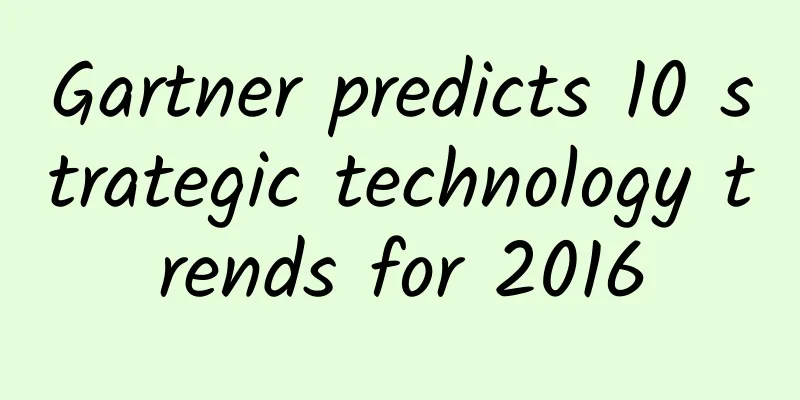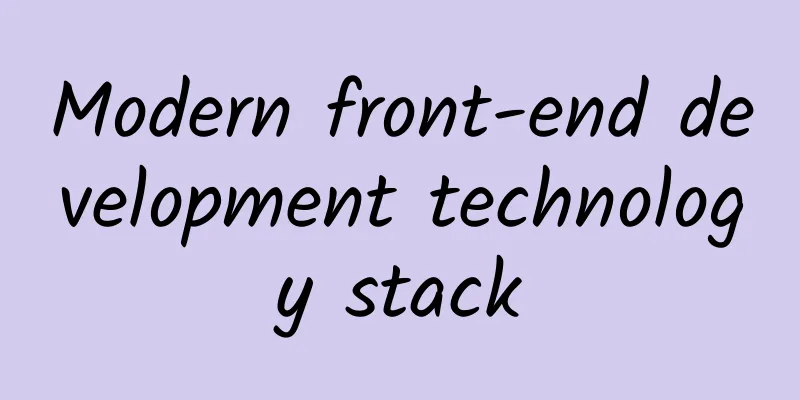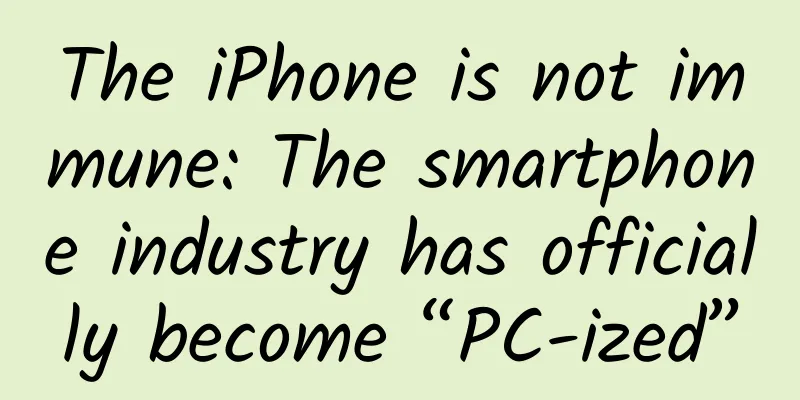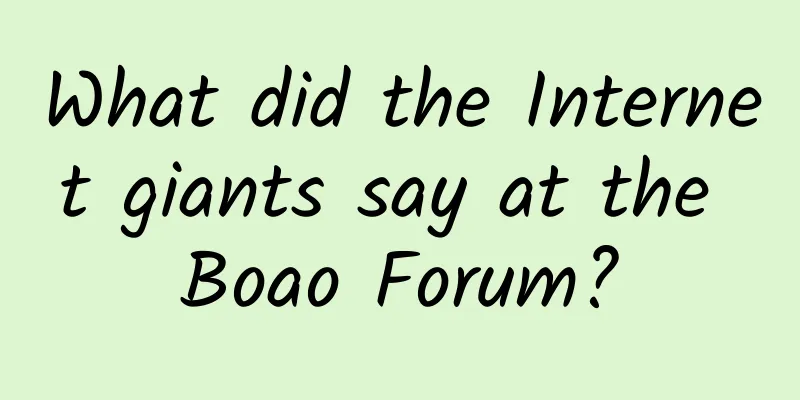Gartner predicts 10 strategic technology trends for 2016

|
Gartner recently presented the results of its research on ten strategic technology trends that will affect most enterprises and organizations in 2016 at the Gartner Symposium/ITxpo. David Cearley, vice president at Gartner, said: "Gartner has identified 10 strategic technology trends that will shape the digital business opportunities through 2020. The first three trends address the convergence of the physical and virtual worlds and the rise of the digital mesh. Organizations are currently focused on digital business, but computational business is gradually emerging. Through computation, we can see the correlation and interconnectivity between events, which is precisely what defines the future of business. In computational business, much of it comes from background information that people are not directly involved in. This technology is enabled by intelligent machines and will be mentioned in the next three trends. The last four are existing or new architecture and platform trends in the IT field to support digital and computational business." Device Mesh The network of devices refers to the growing number of endpoints that access applications and information or interact with other people, communities, governments and businesses. The network of devices includes mobile devices, wearables, consumer and home electronics, automotive devices and environmental devices such as sensors in the Internet of Things (IoT). David Clearley pointed out: "In the post-mobile era, the focus of the trend will shift to mobile users, who will be surrounded by a network of various devices, with an impact far beyond the reach of traditional mobile devices." Although more and more devices are connected to back-end systems through various networks, they often operate independently. As the terminal network gradually evolves, we expect the connection mode to expand and the cooperative interaction between devices will be taken to a higher level. Ambient User Experience The device network will provide the foundation for a new form of continuous ambient user experience. While immersive environments with augmented real and virtual reality capabilities hold great business opportunities, they are only one aspect of the experience. Ambient user experience can maintain continuity across device networks, time and space. Such experiences can flow seamlessly between a variety of devices and interaction channels, and can mix physical, virtual and electronic environments as users move. “Designing mobile apps remains a key strategic priority for enterprises. However, the key benefit of designing is delivering experiences that span and leverage a variety of devices such as IoT sensors, general objects such as cars, and even factories,” said David Clearley. “By 2018, the ability to design these advanced experiences will become the single greatest differentiator for independent software vendors (ISVs) and enterprises.” 3D Printing Materials 3D printing technology continues to improve, and can now utilize a wide variety of materials such as nickel alloys, carbon fiber, glass, conductive inks, electronics, pharmaceuticals, and biomaterials. While these innovative technologies continue to drive user demand, the practical use of 3D printers has also expanded to more industries, including aerospace, medical, automotive, energy, and military. The increasing variety of materials suitable for 3D printing is expected to drive the annual compound growth rate of 64.1% in the shipment of enterprise 3D printers by 2019. With such progress, organizations must rethink assembly and supply chain processes to make good use of 3D printing technology. David Clearley pointed out: "Over the next 20 years, the types of materials that can be used for 3D printing will steadily increase, the speed of printing objects will increase, and new parts printing and assembly modes will emerge." Internet of Everything Information Everything in a digital network can create, use, and transmit information. This information is not limited to text, audio, or video formats, but can range from sensory to contextual. The Internet of Everything Information can address this strategic and technological influx, connecting information from disparate sources. Information has always existed and comes from many sources, but it is often isolated, incomprehensible, and therefore unusable. Advances in semantic tools such as graph databases, along with the rise of other data classification and information analysis technologies, will bring more meaning to seemingly chaotic volumes of information. Advanced Machine Learning In advanced machine learning, deep neural networks (DNNs) go beyond typical computing and information management techniques to create systems that can independently learn how to understand anything. The explosion of data sources and the increasing complexity of information make manual classification and analysis difficult and uneconomical. Deep neural networks can perform these tasks automatically, making it easier to solve the major challenges brought about by the trend of information in the Internet of Everything. Deep neural networks (an advanced form of machine learning that works particularly well with large, complex data sets) are the key to making smart devices look “smart.” Deep neural networks enable hardware- or software-based machines to learn all features of their environment, from the smallest details to the largest abstract categories of content. The field continues to evolve rapidly, and organizations must evaluate how to apply these technologies to gain a competitive advantage. Autonomous Agents and Things Machine learning provides a spectrum of intelligent machines that operate autonomously (or at least semi-autonomously), including robots, self-driving cars, virtual personal assistants (VPAs), and smart assistants. While advances in physical intelligent machines, such as robots, have received the lion's share of attention, software-based intelligent machines have had a more immediate and broader impact, with virtual personal assistants, such as Microsoft's Cortana and Apple's Siri, becoming increasingly intelligent and arguably the forerunners of autonomous agents. The emerging concept of assistants is an ambient user experience where autonomous agents become the primary user interface, where users speak directly to applications rather than interacting with menus, forms, and buttons on their smartphones, effectively acting as intelligent agents. David Clearley said: "In the next five years, we will develop into a post-app world where intelligent agents will deliver dynamic and continuous actions and interfaces. IT leaders need to explore how to use autonomous objects and agents to enhance human behavior and free up human resources to do things that only humans can do; however, they must recognize that intelligent agents and intelligent objects are a long-term phenomenon that will continue to transform and expand its use over the next 20 years." Adaptive Security Architecture The complexity of the digital and computing economies, combined with the emerging “hacker industry,” has significantly increased the threat surface to organizations. Reliance on network perimeter defenses and rule-based security is no longer sufficient, especially as organizations adopt more cloud-based services and open APIs to customers or partners for system integration. IT leaders need to focus on detecting and responding to threats while also preventing attacks with more traditional blocking and other methods. Program self-protection, user and entity behavior analysis will help achieve an adaptive security architecture. Advanced System Architecture Digital networks and intelligent machines require sophisticated computing architectures to be realized, and high-energy, ultra-efficient neuromorphic architectures can meet this demand. Field-programmable gate arrays (FPGAs)-driven architectures are the key technology of neuromorphic architectures, which have significant benefits, such as being able to operate at high energy efficiency at speeds exceeding one teraflop. David Clearley said: "Systems built on GPUs and FPGAs operate in a similar way to the human brain, making them particularly suitable for deep learning and other pattern matching algorithms for intelligent machines. FPGA-based architectures allow algorithms to be subdivided, using very little power in the terminal network to enable advanced machines to learn the capabilities of the smallest endpoints of the Internet of Things, such as homes, cars, watches, and even human behavior." Web Application and Service Architecture Monolithic linear application designs (e.g., three-tier architecture) offer a more loosely connected approach, namely application and service architecture. This new approach enabled by software-defined application services (SDAS) enables web-scale performance, flexibility, and agility. Microservice architecture is an emerging model that supports flexible delivery and scalable deployment of applications, both on-premises and in the cloud. The rise of container technology has become a key technology that makes architecture development and microservices more flexible. The application and service architecture leading to mobile and IoT-related elements has created a comprehensive solution for back-end cloud computing scale and front-end terminal network experience. Application development teams must create new modern architectures to provide agile, flexible, and dynamic cloud-based applications and user experiences across digital networks. IoT Platform IoT platforms complement the web application and service architecture. Management, security, integration with other technologies, and standards for IoT platforms are the most fundamental elements to build, manage, and secure the Internet of Things. From an architectural and technical perspective, IoT platforms build the behind-the-scenes work of IT to make the Internet of Things a reality. The Internet of Things is an integral part of the digital network, and ambient user experience and emerging and dynamic IoT platforms are the main elements to enable the Internet of Things. David Clearley said any business embracing the Internet of Things will need to develop an IoT platform strategy, but that imperfectly competitive vendors will hamper standardization until 2018. Note: According to Gartner's definition, strategic technology trends refer to technology trends that may have a significant impact on enterprises and organizations. Major impact factors include: the potential for disruptive effects on business, end users or IT levels; the need for large investments; or the risk of adopting related technologies too late. In addition, these technologies are sufficient to affect the long-term plans, programs and activities of enterprises and organizations. |
<<: A Chinese team changes the world again! iOS9 can be jailbroken [Download]
>>: Unjust competition is not uncommon: 8 major foreign bans that you should know about
Recommend
Ideas for setting up Toutiao information flow account, setting up information flow advertising account!
As a new search platform launched this year, Tout...
Stock Technical Analysis Tutorial
: : : : : : : : : : : : : : : : : : : : : : : : : ...
APP promotion operation: Internet promotion traffic circulation system
Operations are divided into two parts: the first ...
Who can compete with Apple in the programming world? Apple's Swift shows its edge
[[126422]] In the programming world, there is fie...
Simple-side-drawer implements the side menu
introduce Implement the drawer view (slide out me...
After studying 10 big Douyin accounts, I found 8 Douyin promotion routines
Brother Xian has been feeling rather depressed la...
Android 12 developer preview is here: Picture-in-picture is more useful and it’s really good
[[388556]] Although domestic Android users rarely...
Tencent emphasizes the difference between WeChat and Wechat
Tencent Chief Financial Officer Luo Shouhan said ...
The actual progress report of "operating core users" has successfully completed the first step!
Every product operates core users, but also encou...
Xu Su Zhihu Nuggets Training Course 3.0
When I stepped out of campus and faced the real s...
Dismantling the "Hot Pot Restaurant" Gamification Private Domain Community Case
The Internet circle is familiar with the concept ...
Xiaohongshu’s complete promotion and operation plan!
At the beginning, my purpose of operating Xiaohon...
What are the functions of the designated driver mini program? How much does it cost to make a designated driver app?
Nowadays, the country’s control over drunk drivin...
Feng Zhulong teaches you how to learn PS from scratch
Feng Zhulong teaches you how to learn PS from scr...
An inventory of the characteristics of 12 major information flow channels including Tik Tok, Baidu, Momo, etc.!
In 2019, optimizers, have you made good channel l...







![[Yi Dian News] Three killer skills and three traps for content operations!](/upload/images/67cc377aab330.webp)

